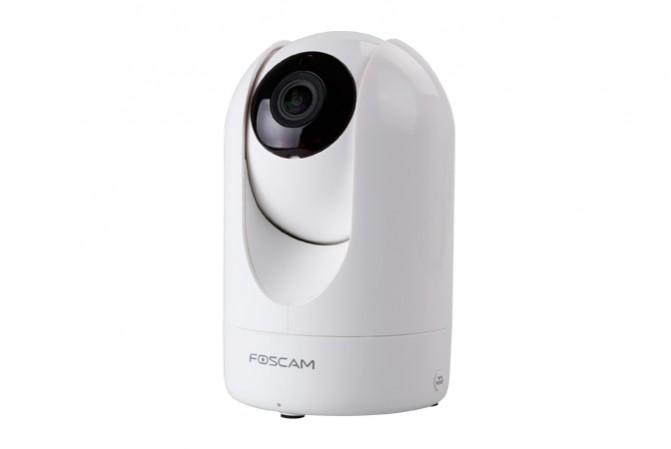
Webcams allow us to interact with others live but that happens with our knowledge. Imagine you being secretly snooped in real time? It won't be more embarrassing than that as people can do anything when they are inside their houses. But this can happen to anyone now if one is not careful as a cheap mobile app made in China allows users to watch private moments of real people live.
An app costing around $28 made by a Chinese software company gives real-time video streaming access to the users, and it is not restricted to certain regions but cuts across the globe, reported Forbes. It added that most of the video feeds are from not so interesting spots like parking lots but feeds from inside homes and apartments are aplenty, which is a matter of concern. The developers have publicised the app with pictures of "people in various states of undress," hinting that there are chances of the mobile app users catching private moments unawares.
Also read: How your webcam can be used to view video feed, download files; smart devices can be a bane: Study
But how can that happen? You may ask. Well, this happens because of undermining security. Users can't change the password of some cameras, which means such devices are vulnerable to hackers. There are camera manufacturers that let users change the default password and advise to do so but people ignore it, thus compromising their devices to hackers.

It may be mentioned that a report titled "Vulnerabilities in Foscam IP Cameras" by a Finland-based cyber security firm called F-Secure has claimed that Internet of Things (IoT) like webcams is vulnerable to hackers. It said webcams manufactured without regard for security can be attacked by hackers with "malware that would not only fully compromise the device, but also grant free reign inside the network, including access to network systems and resources."
F-Secure discovered multiple flaws in two models of Foscam-made IP cameras which could let hackers manipulate it, including view the video feed, control the camera operation, upload and download files from the built-in FTP server, stop or freeze the video feed, and even resort to DDoS (distributed denial of service) if a device is compromised. It highlighted the responsibility of the webcam vendors to ensure the security of hardware and software of their devices.

















